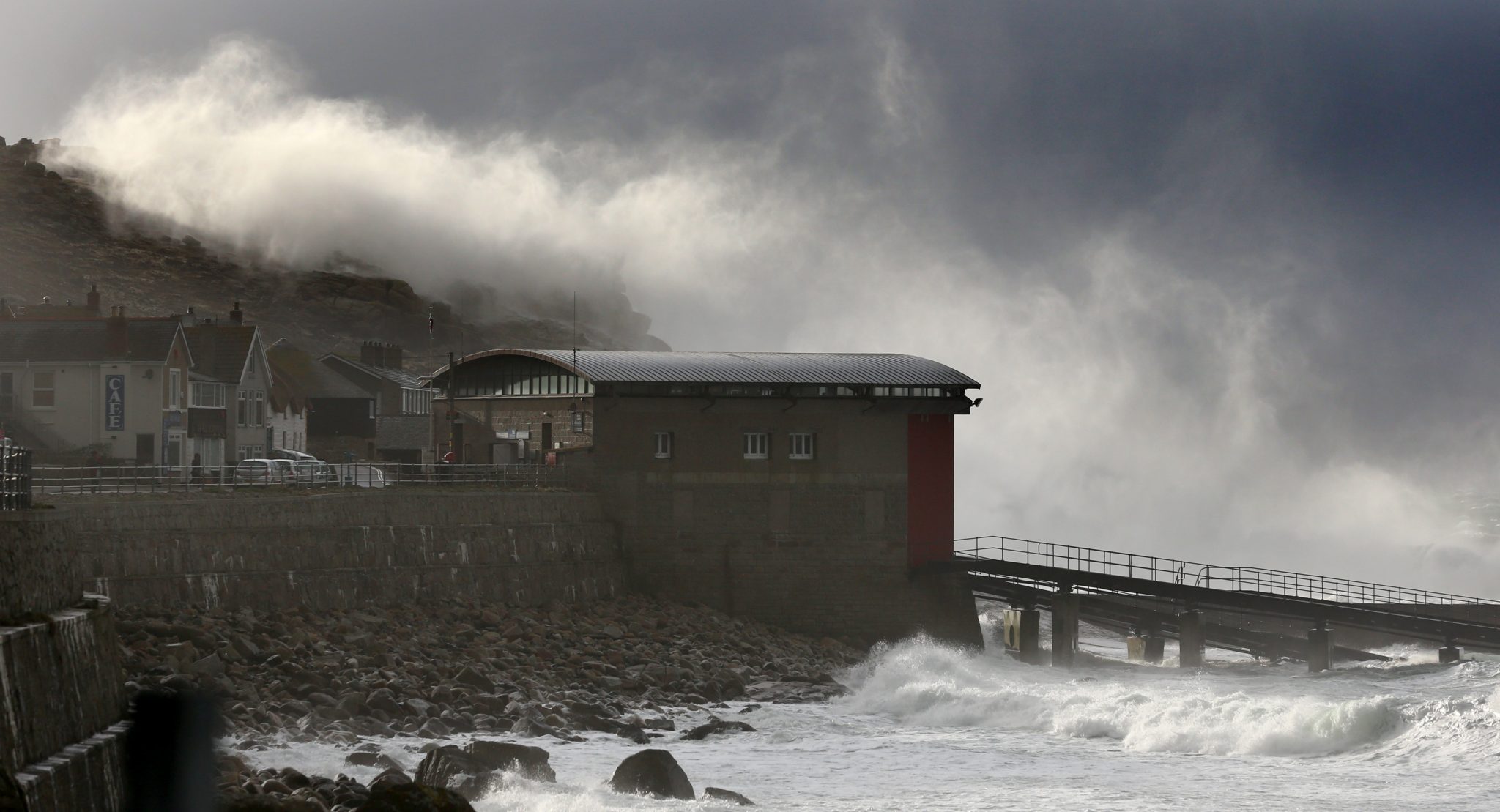
If you live anywhere on the west coast of North America, you probably woke up to quite a surprise on Tuesday. Early in the morning, NOAA’s National Tsunami Warning Center issued tsunami warnings for the south coast of Alaska and north coast of British Columbia. This came after a powerful magnitude 7.9 earthquake rocked the Gulf of Alaska. Tsunami watches were issued for California, Oregon and Washington State. A few hours later, all watches and warnings had been canceled. Which is good news, but it does make you wonder why it’s so hard to predict a tsunami ahead of time, doesn’t it?
The answer is relatively simple. The ocean is huge and earthquake and tsunami monitoring infrastructure is very limited. Geophysicist Mika McKinnon explained – yes a tsunami did arrive, and they were able to predict its timing really well, but the problem is that it’s difficult to predict the tsunami’s size. She states, “it’s easy to predict when a tsunami will arrive, it is very difficult to predict how big it is going to be. There is a tsunami right now, it just happens to be under a foot tall”.

Tsunamis are massive ripples that emanate out from an area where water has been displaced. Think – throwing a stone in a pond. Only now, the stone is the size of a bus, or an undersea volcanic eruption. In this case, however, it was a large earthquake. All of these events displace water, which creates ripples. The trouble is understanding how much water will be displaced with each of these scenarios.
In order to determine if a tsunami wave is going to propagate widely, forecasters need to turn to the Deep-ocean Assessment and Reporting of Tsunamis (DART) network. DART is a series of ocean buoys maintained by NOAA that detect the pressure of waves from a passing tsunami. This idea is really interesting but definitely seems low tech in my opinion.

The National Weather Service Tsunami Alert Center sent out a series of tweets, which showed the location of those DART buoys relative to the recent earthquake, and then predicted arrival times for the tsunami wave. Based on the prediction maps, it was apparent that the arrival times didn’t change very much. The speed of the tsunami, which is dependent upon the depth of the ocean is what forecasters can predict well.
It was amazing that this tsunami event was minor. But it’s important to note that even if a tsunami generates a little bit of flooding, it can still be deadly. Regardless of the size of the waves, tsunamis carry a lot of energy. Plus, the first wave isn’t necessarily the largest one. Waves can pile up and become bigger in certain locations than others. This is where human reports are useful, but they are often few and far between. In this instance, there aren’t that many people living on the south coast of Alaska, so this kind of information would be difficult to obtain. Not to mention, human reports may be difficult based on the timing of the tsunami. Perhaps it would be too late?
